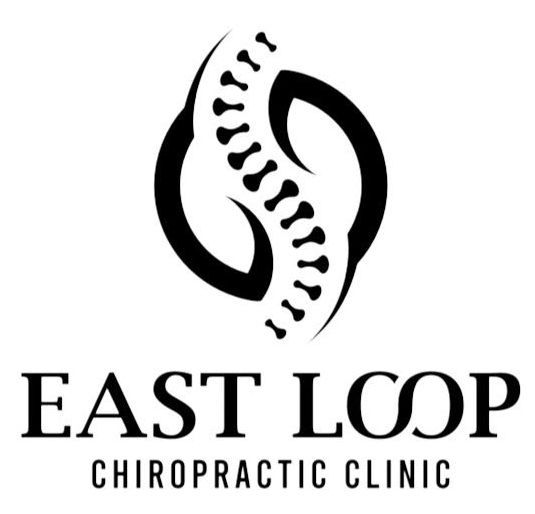Non-Surgical Spinal Decompression
Spinal Decompression: A Path to Pain Relief
At East Loop Chiropractic Clinic, we understand the debilitating effects of spinal pain and discomfort. Our non-surgical spinal decompression therapy offers a proven solution for various conditions, addressing pain at its source. We specialize in treating:
- Lower back pain
- Neck discomfort
- Herniated discs
- Degenerative disc disease
- Facet joint syndromes
- Radiating arm and leg pain
With over 35 years of experience, our skilled chiropractors are committed to providing personalized care.
Contact us to explore how non-surgical spinal decompression can alleviate your pain and improve your quality of life.
The Importance of Professional Spinal Care
Seeking professional care for spinal issues is crucial for long-term health and pain management. East Loop Chiropractic Clinic offers non-surgical spinal decompression because:
- It targets the root cause of pain, not just symptoms
- It's a non-invasive alternative to surgery
- It's tailored to your specific condition
- It promotes natural healing of spinal tissues through use of healing nutrients
- It promotes retraction or repositioning of herniated or bulging disc material
Our experienced team is ready to assess your needs and develop a personalized treatment plan for you. Visit us to take the first step towards a pain-free life.
Why Choose East Loop Chiropractic Clinic
When you select us for non-surgical spinal decompression, you're choosing a practice dedicated to your well-being. Our approach offers numerous benefits:
- Comprehensive X-rays before treatment
- Direct care from a doctor at every visit
- Over 35 years of experience
- Same-day appointments available
- Acceptance of most insurance plans
- Assistance with paperwork
- In association with the North Channel Area Chamber of Commerce, Pilot International and Rotary International
Experience the difference that professional, patient-centered care can make. Reach out to learn more about our non-surgical spinal decompression therapy and other services.
Start Your Journey to Spinal Health Today
Don't let spinal pain hold you back any longer. We're here to provide the expert care and non-surgical spinal decompression therapy you need. With our thorough approach, experienced team, and commitment to your well-being, we're ready to help you achieve lasting relief. Contact us today to schedule your consultation and take the first step towards a healthier, pain-free future.

Share On: